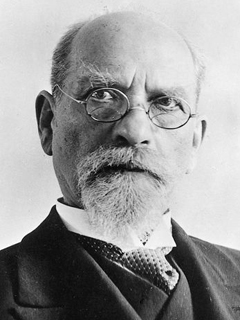
Publication details
Year: 2012
Pages: 20-33
Series: Symposium
Full citation:
, "What is life? the contributions of Hedwig Conrad-Martius and Edith Stein", Symposium 16 (2), 2012, pp. 20-33.


What is life? the contributions of Hedwig Conrad-Martius and Edith Stein
Translated by Antonio Calcagno
pp. 20-33
in: Kimberly Baltzer-Jaray, Jeff Mitscherling (eds), Husserl and the Göttingen circle, Symposium 16 (2), 2012.Abstract
The phenomenological movement originates with Edmund Husserl, and two of his young students and collaborators, Edith Stein and Hedwig Conrad-Martius, made a notable contribution to the very delineation of the phenomenological method, which pushed phenomenology in a “realistic” direction. This essay seeks to examine the decisive influence that these two thinkers had on two specific areas: the value of the sciences and certain metaphysical questions. Concerning the former, I maintain that Stein, departing from a philosophical, phenomenological analysis of the human being, is interested particularly in the formation of the cognitive value of the human sciences. Regarding the latter, Conrad-Martius, given her knowledge of biology, tackled the question of the role and meaning of the sciences of nature. The second question, related to metaphysical themes, became a specific and relevant object of research for both women phenomenologists. It will be investigated by comparing two works, one by each thinker, namely, the Metaphysische Gespräche by Conrad-Martius and Potenz und Akt by Edith Stein.
Cited authors
Publication details
Year: 2012
Pages: 20-33
Series: Symposium
Full citation:
, "What is life? the contributions of Hedwig Conrad-Martius and Edith Stein", Symposium 16 (2), 2012, pp. 20-33.

